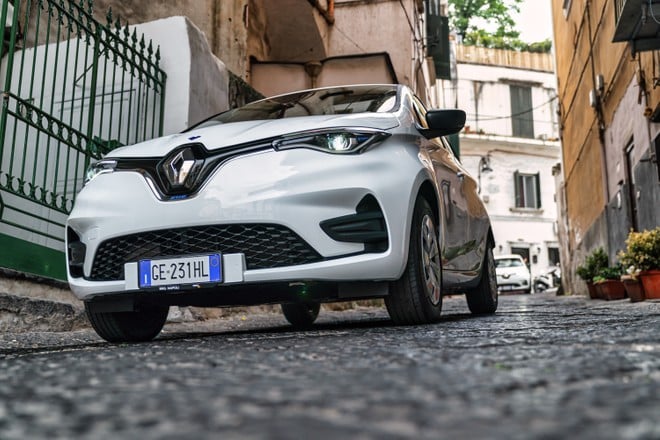
The use of car sharing in 2022 is the highest rate. started to rise again but levels are still far from the pre-pandemic period of 2019. what emerges from an analysis promoted by ANIASA, the association that represents the mobility services sector within Confindustria, on member companies operating within the car sharing.
MEASURES ARE NEEDED TO RELAUNCH CAR SHARING
According to the report dedicated to car sharing, in 2022 there were 5.6 million rentals. It's about an increase of 3.1% over the previous year. Despite this positive sign after two years of decline, the car sharing market in Italy is still growing. still far from the 13 million rentals recorded in 2019.
The report adds that the number of subscribers remains stableto the service, amounting to almost 2.5 million. The number of active users is also stable. There are around 280,000 users who have made at least one rental in the last 6 months. Therefore, the user base now appears to be consolidated in our country.
However, the available fleet has grown significantly. halved, going from 6,500 cars in 2018-2019 to around 3,600 cars. This reduction in the car fleet is due, according to ANIASA, not only to the drop in demand but also to the growing difficulty of in the procurement of vehicles from manufacturers and the problem of availability; of spare parts which forces the cars to have long stops at the workshops.
The activities of car sharing are mainly concentrated in Milan and Rome. 80% of the Italian car sharing fleet is present in these two cities; with, respectively, 1,600 and 1,100 cars.
The difficulties experienced in recent years have contributed to determining an evolution of the business model, particularly evident if one looks at the trend of average rental durations and distances. The shared car, thanks to multi-day rentals, has in fact expanded the mobility offer to the public. and so; the average rental durations have risen from about 30 minutes in the pre-pandemic to 76 minutes in 2022 and distances have increased from 7 km to 12-13 km.
What's the difference? the identikit of the typical car sharing user in Italy? According to the report, the typical user is man, with rentals taking place throughout the week, especially in the early evening.
The shared car remains primarily a choice of mobility; male (64% of the total), more and more; popular not only by young people: the data show a significant drop in users aged 18-25 (from 25% to 15%), while the other age groups remain stable, with the consequent increase only in the group of users with more ; aged 55. The largest audience young people (18-35 years) therefore now represents just under half of the of the overall audience, the majority belongs to the senior bands. From the point of view of weekly use, the distribution remains constant among the different days of the week, with each of the seven days maintaining an incidence of 13%-14% and in the various time bands, with a peak only between 4 and 4 pm 21, when 31% of total rentals are recorded.

< p>According to the president of ANIASA, Alberto Viano, today sustainability is a reality. economics of the service is a problem for both small and large operators. In Italy there is a lack of adequate policy by the institutions, in particular by the administrations of large cities.
For this reason, to relaunch the behavior, structural interventions are needed, starting with the abolition of the annual fees that some cities have introduced. still require operators for each shared vehicle up to 10% VAT for car sharing users.
Missing is the a more comprehensive policy forward-looking and responsible on the part of the institutions and in particular of the local administrations of large cities: in recognition of the positive potential of of the formula in terms of traffic relief and reduction of emissions, are often accompanied exclusively by heavy administrative and management duties. It is It is necessary for the Administrations to support the sector more, activating synergies with the operators, today engaged in the restart and consolidation of an activity; yes; entrepreneurial, but of evident public interest. Today, structural interventions are needed to relaunch this sector: starting with the abolition of the annual fees that some cities have introduced; still require operators for each single shared vehicle, from the inclusion of the service among those envisaged in the “Buono Mobilità”, up to the provision of a 10% VAT rate (as happens for taxis, buses, planes, railways and NCC) for car sharing users. A proposal, the latter, which we presented to the competent ministries, asking to include it in the bill on tax reform, in recent weeks in Parliament.
The perfect smartphone for the mid-range? Poco F5, buy it at the best price from Amazon at 399 euros.